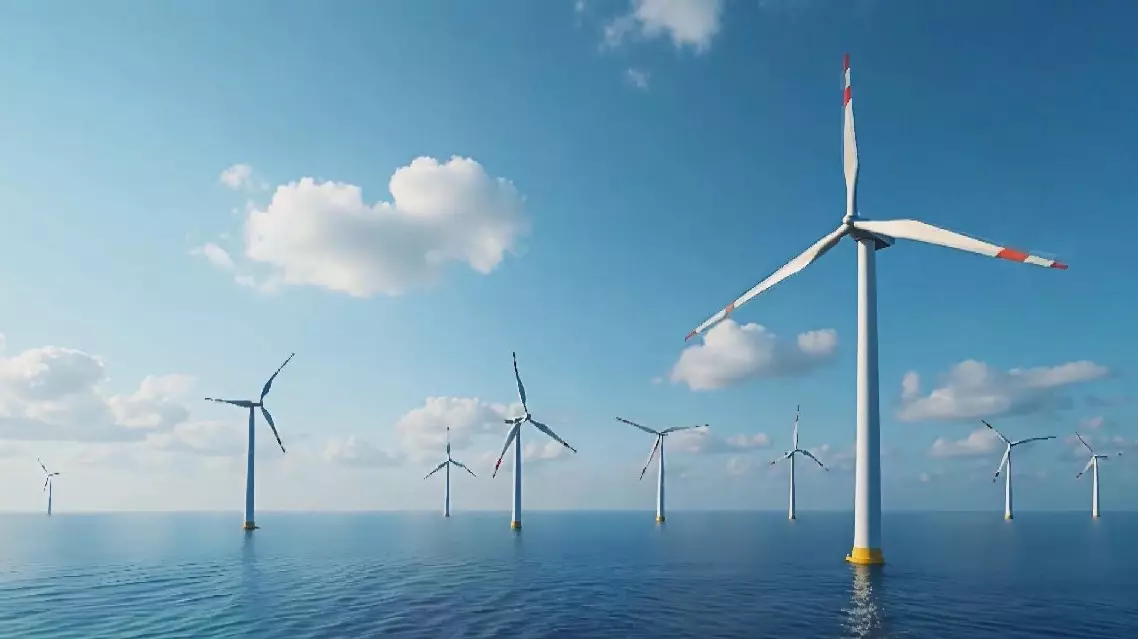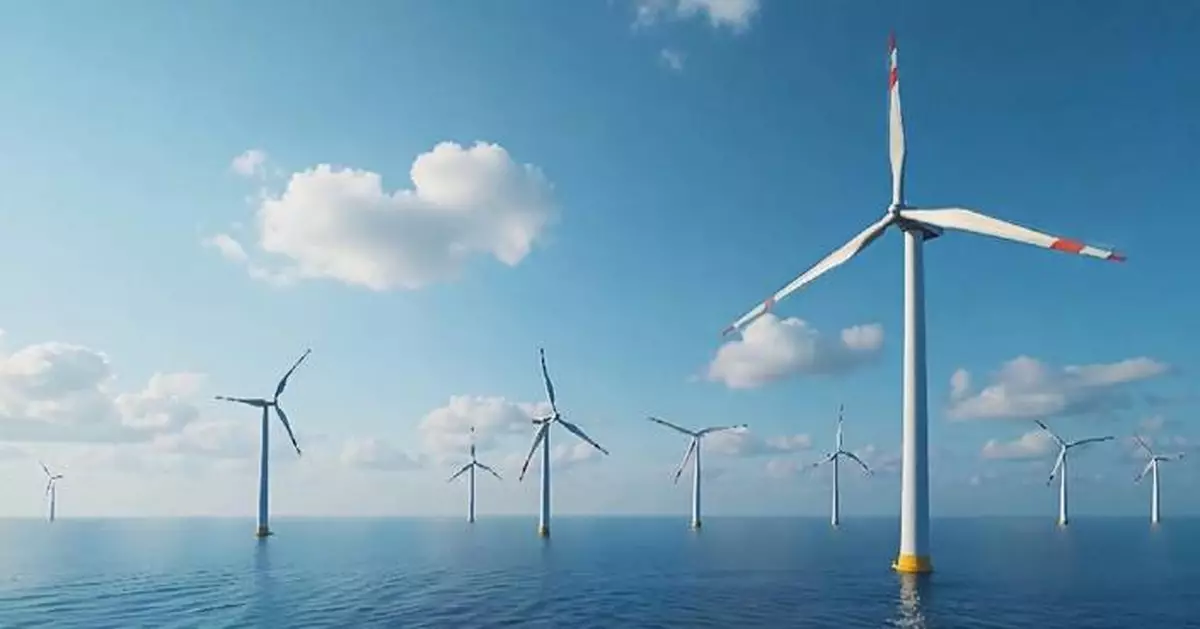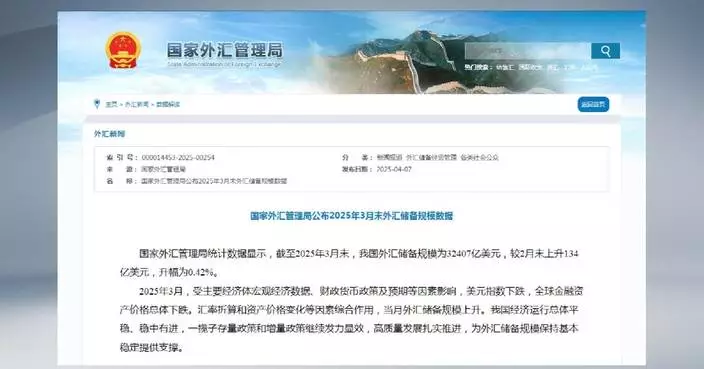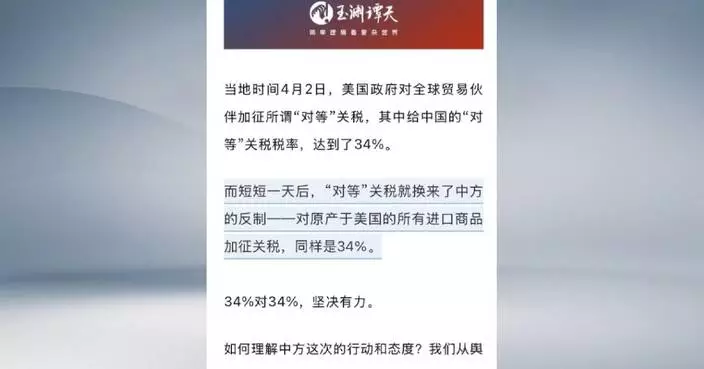Fujian Province in east China has made steady advancements in wind power development, playing a significant role in the country's efforts to reshape its energy structure.
In Fuqing City, the Xinghua Bay offshore wind farm has 59 wind turbine units, with a total installed capacity of 357.4 megawatts. It has generated over 5.2 billion kilowatt-hours of electricity since it went into operation, which is equivalent to reducing coal consumption by about 1.57 million tons and reducing carbon dioxide emissions by about 3.83 million tons.
"China has rich marine resources, including significant wind energy potential. Given the scale of these resources, it is essential for us to develop our own technologies and equip ourselves with solutions that are tailored to our country," said Zhou Xingzheng, head of the production management department of the Fujian Branch of China Three Gorges Renewables.
The Xinghua Bay offshore wind farm is located in nearshore waters, which has been a primary region for global offshore wind development for a long time. In recent years, as the exploitation of nearshore wind resources gets saturated, deep-sea regions are becoming the new focus for offshore wind deployment worldwide.
In July 2023, the world's first 16-megawatt ultra-large-capacity offshore wind turbine, completely independently developed, designed, and manufactured by China, was successfully connected to the grid off the coast of Pingtan, Fujian, approximately 35 kilometers from the shore.
It can generate about 66 million kilowatt-hours of electricity in a year, meeting the annual electricity needs of 36,000 three-member families.
The offshore wind power industry typically needs the development of supply chains. For instance, a 16-megawatt turbine consists of tens of thousands of components, which rely heavily on the support of upstream and downstream industrial chains. Fujian has made notable progress in this regards.
"In our factory in Fuqing, we are currently focusing on manufacturing large megawatt offshore models. For the 16-megawatt model in particular, we have achieved 100 percent localization of core components," said Xie Wei, a manager of a wind power plant.
According to a report released in November 2023, China's wind turbine production capacity had accounted for 60 percent of the global market.
China has become the world leader in cumulative installed capacity for offshore wind power, driving the global development of offshore wind energy.
Currently, the utilization hours of wind power in Fujian rank first in the country for 12 consecutive years, with the total capacity of offshore wind turbines connected to the grid exceeding 3.5 million kilowatts.
"By vigorously developing wind power, we have provided strong support for green consumption and energy conservation and carbon reduction. Moving forward, we'll follow the national strategies to accelerate the development of deep-sea wind power based on our solid industrial foundation. We will work to transform Fujian into a clean energy hub in the future, making a greater contribution to clean energy development in the Yangtze River Delta, the Pearl River Delta, and the entire nation," said Wang Zhong, deputy director of the Fujian Provincial Development and Reform Commission.

Fujian's wind power industry contributes to national green development

















































